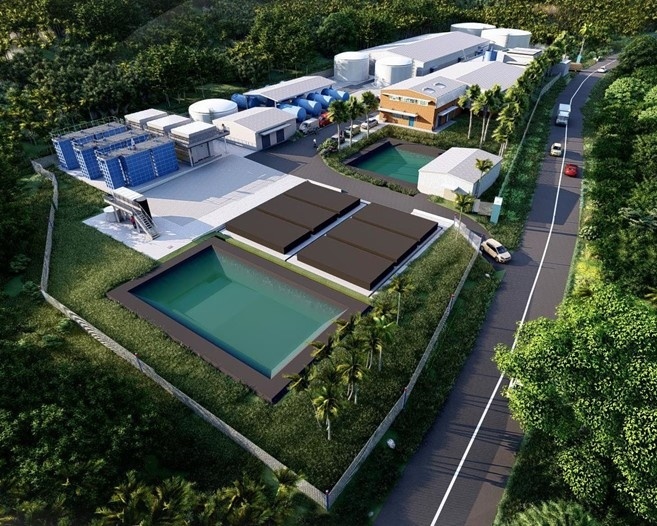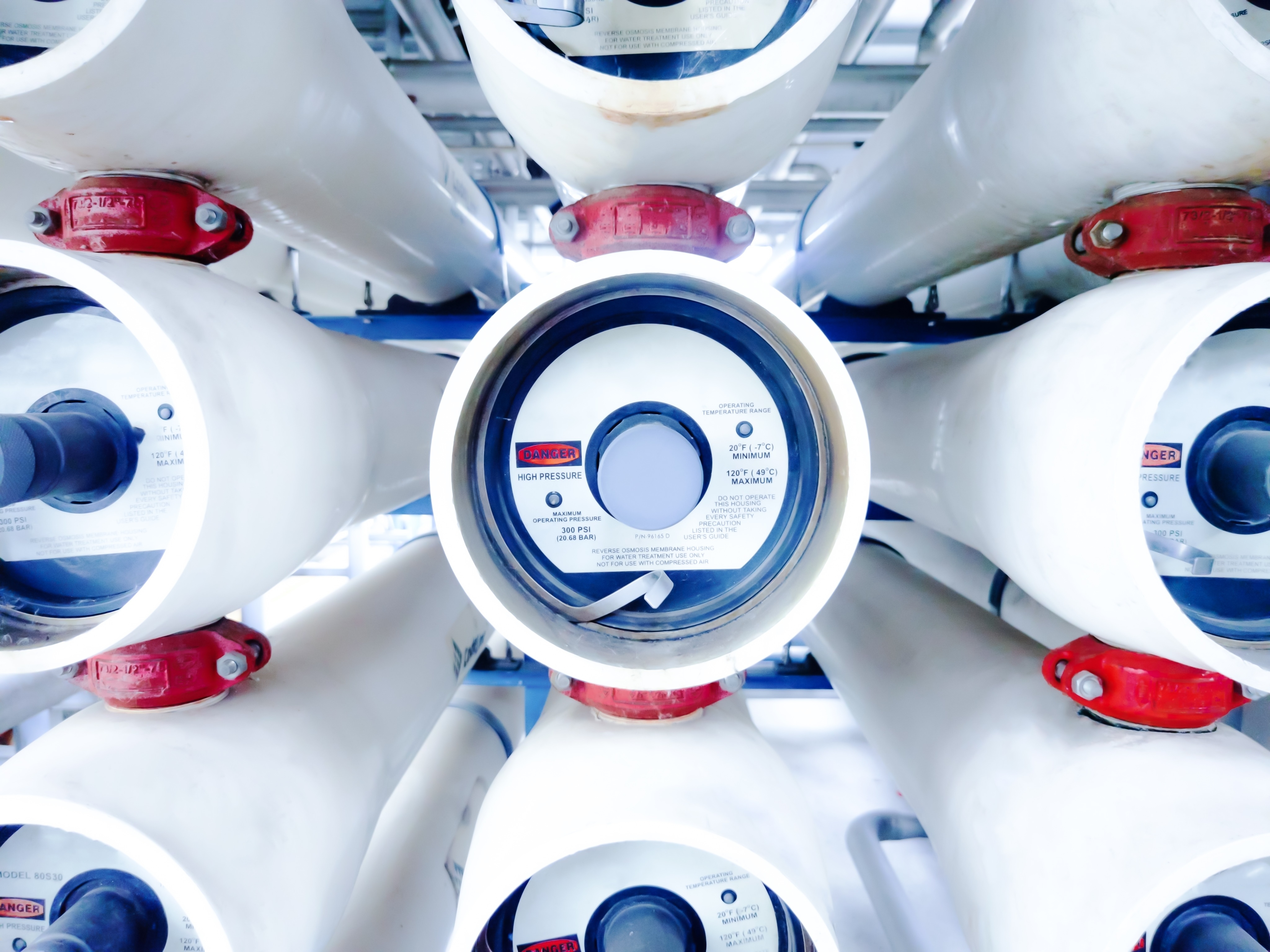Your challenges
In a context of water stress, tightening environmental regulations, and growing demand for quality water, reverse osmosis offers an effective solution to secure and diversify water resources.

Resource scarcity and diversification
Access to quality water is becoming increasingly difficult in many regions. Reverse osmosis enables the treatment of unconventional water sources—such as seawater or wastewater—and offers a reliable alternative.
Compliance with regulatory standards
Stricter water quality requirements call for advanced treatment technologies. Reverse osmosis efficiently removes salts, nitrates, PFAS, and other emerging pollutants to meet current and future regulations.
Water reuse and circular economy
As a key technology for wastewater reuse in industrial or agricultural settings, reverse osmosis supports local water circularity and helps reduce pressure on natural resources.
Water quality for sensitive uses
Whether for drinking water or industrial processes, reverse osmosis guarantees consistent and high-quality treatment suited to the most demanding applications.
How does it work ?
Functionality
Reverse osmosis relies on semi-permeable membranes that allow water molecules to pass through while retaining dissolved substances, salts, and pollutants.
Integration
Reverse osmosis units can be seamlessly integrated into existing water treatment lines—whether for drinking water, wastewater, or industrial needs. They are tailored to each site’s technical constraints and quality objectives.
Autonomy
Combined with pretreatment and energy recovery systems, reverse osmosis ensures sustainable operation, including in off-grid or low-energy environments.
Our positive impact
Deploying reverse osmosis units helps secure access to quality water, reduce environmental impact, and strengthen the resilience of territories.

Reliable access to quality water
Reverse osmosis is a dependable solution for treating brackish, saline, or reclaimed water—especially in areas facing scarcity or water degradation.
Lower environmental footprint
By promoting reuse and limiting pollutant discharge, this technology helps preserve natural resources and protect aquatic ecosystems.
Improved water circularity
It closes the water loop by making treated wastewater reusable for industrial, agricultural, or urban purposes.
Support for climate and resource strategies
Reverse osmosis supports adaptation to climate change and sustainable water management by diversifying sources and securing long-term supply.

Key figures
Up to 99%
Removal efficiency for salts and pollutants
10,000 m³/day
Ironi Bé desalination plant in Mayotte
7,000 m³/day
Galisbay desalination plant in Saint-Martin
